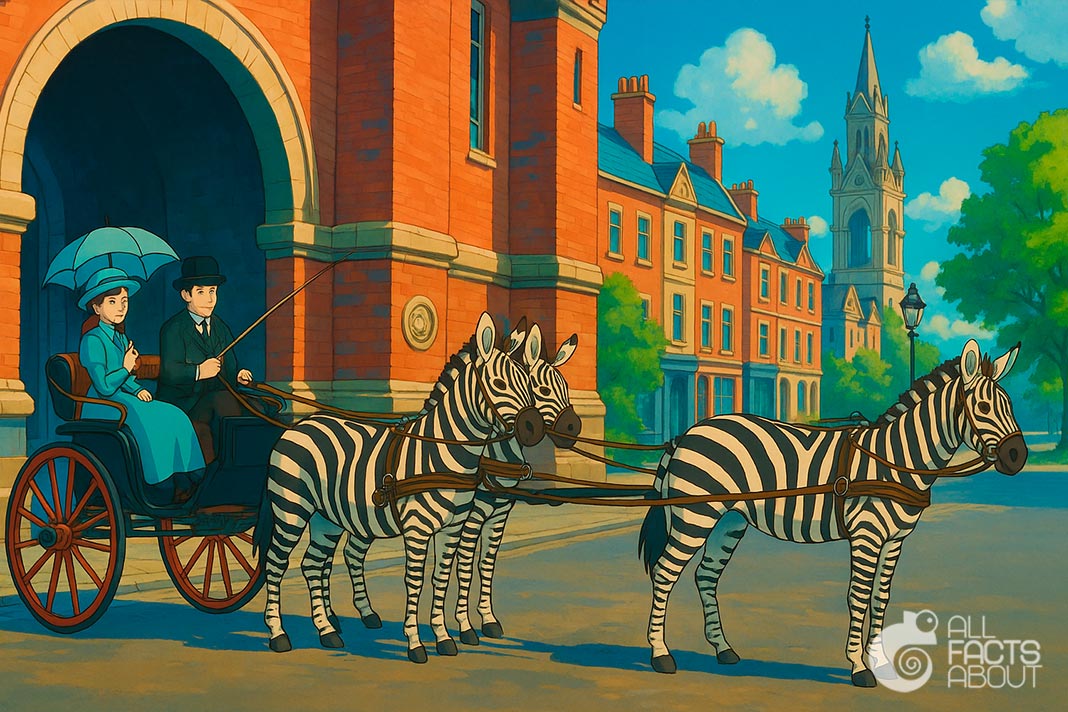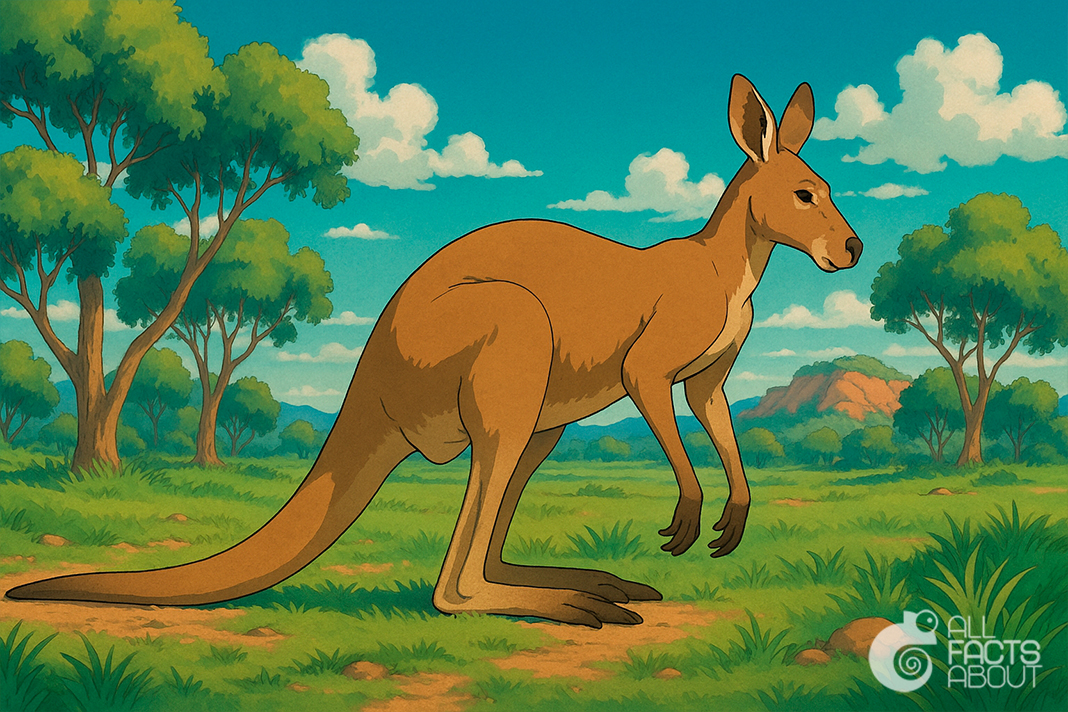Zebras are among the most iconic animals in the wild, easily recognized by their black and white stripes and spirited behavior. These social grazers are full of surprising features that make them truly one-of-a-kind in the animal world.
1. The name “zebra” comes from the Old Portuguese word zevra, meaning “wild ass.” Despite their horse-like appearance, zebras are more closely related to donkeys than modern horses.
2. No two zebras have the same stripe pattern. Their unique stripes act like fingerprints, helping zebras recognize each other and possibly offering camouflage from predators.
3. Their black and white stripes may help deter biting insects like horseflies. Scientists believe the patterns confuse the insects' vision, making zebras less attractive to pests.
4. A zebra's skin underneath its fur is black, regardless of the visible stripe pattern. This pigmentation helps with thermoregulation and UV protection.
5. Unlike horses, zebras have never been truly domesticated in the traditional sense. Their nervous temperament and natural instinct to flee make them hard to train. However, in the 19th and 20th centuries, some Europeans did manage to tame a few and even used them to pull carriages.

In the 19th century, zebras were hitched to carriages as an exotic curiosity.
7. Some zebra species can run up to 65 km/h (40 mph), helping them escape predators like lions and hyenas. Their powerful kicks and zigzag running patterns also aid in survival.
8. Zebras have excellent night vision. Their large eyes are adapted to detect movement in low light, which helps them spot predators while grazing at night. Additionally, they can sleep standing up to stay safe from danger.
9. Zebra foals can stand and walk within minutes after birth. This early mobility is crucial for survival in the wild, where predators are always a threat.
10. Zebras often migrate in large herds, sometimes traveling over 500 kilometers during seasonal movements in search of fresh grazing land and water.




